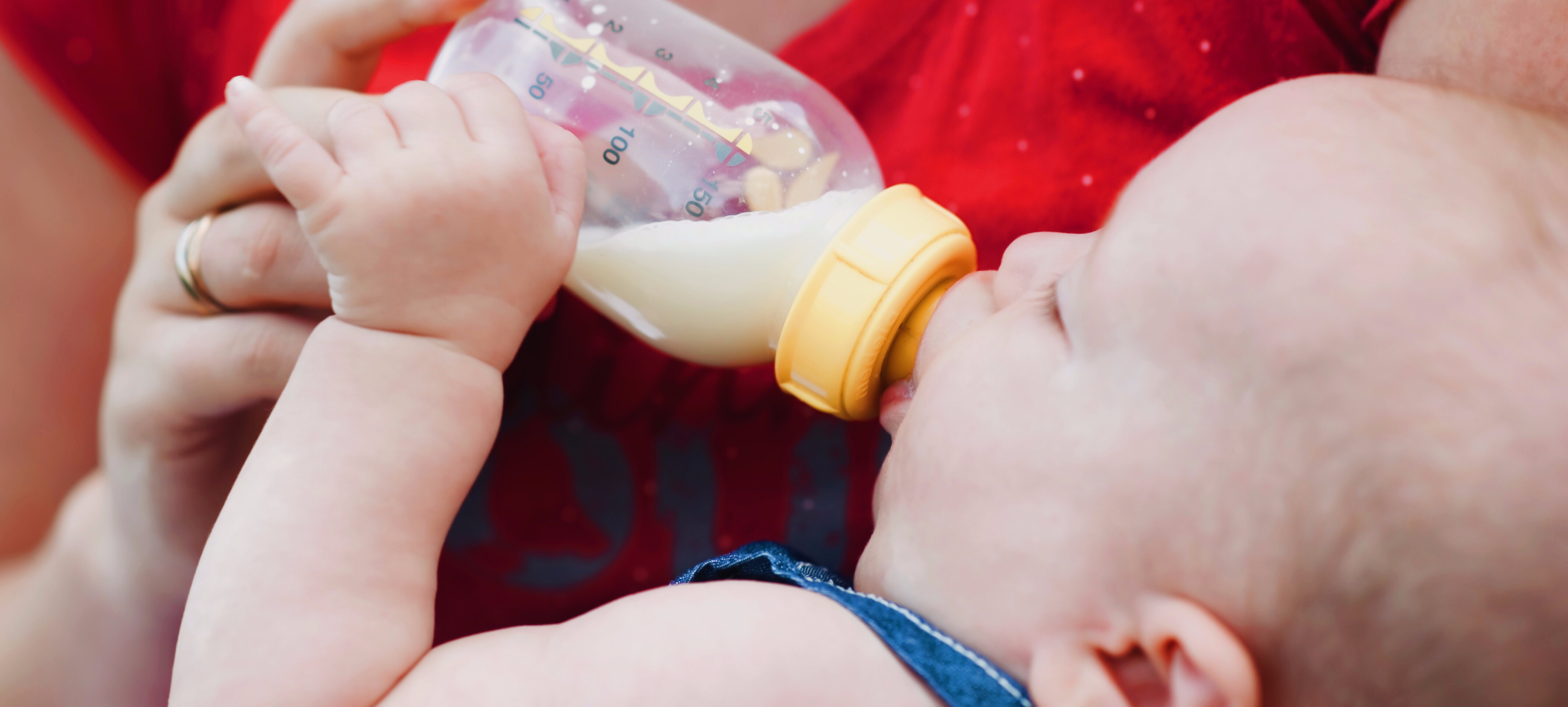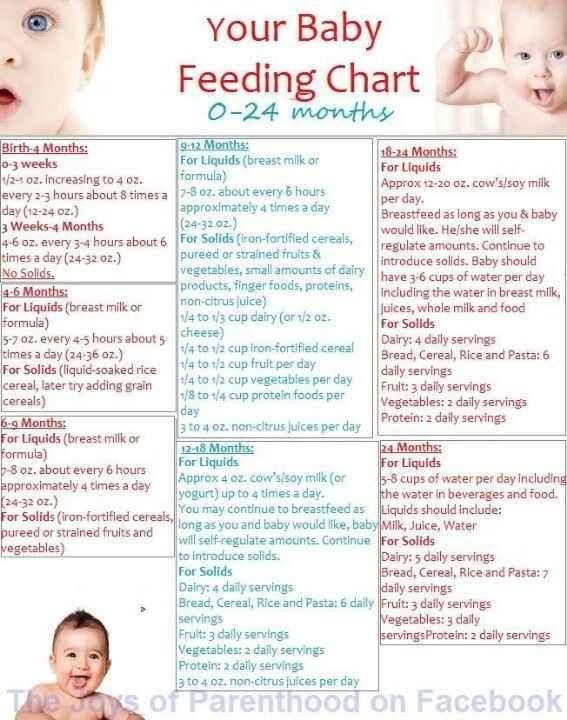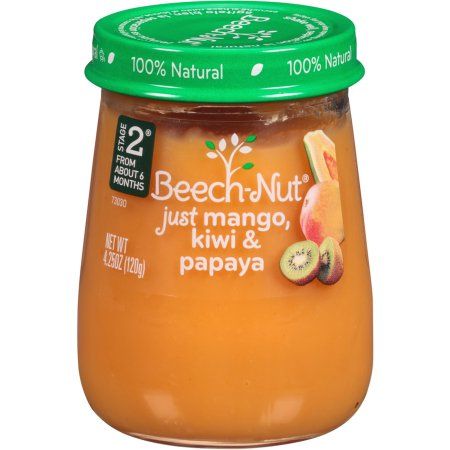Plum flavored baby food
Apples & Plums Stage 2 Jarred Baby Food
For growing babies 6 months and older, Earth’s Best Organic® Apples and Plums is a fruity blend of certified USDA organic fruits to help your little one as they grow. It contains no artificial flavors or colors or modified food starch.
Key Benefits
- For babies 6 months and older
- Packaged in BPA-free resealable jars
- No artificial flavors, colors or preservatives
- USDA-Certified Organic and made with non-GMO ingredients
- Vegan
Buy Now
The Qualities that Make this Product Earth’s Best.
The most accurate information is always on the label on the actual product. We periodically update our labels based on new nutritional analysis to verify natural variations from crop to crop and at times formula revisions. The website does not necessarily get updated at the same time. The values on the website are intended to be a general guide to consumers. For absolute values, the actual label on the product at hand should be relied on.
Time-trusted and safe, we strive to provide better for baby products made with pure ingredients to help children grow up strong and healthy.
-
Diapers & Wipes
To keep your baby’s delicate skin fresh and clean, we thoughtfully provide chlorine free…
Learn More
-
Infant & Toddler Formula
Earth’s Best Formulas come in Dairy, Soy, Sensitivity, Gentle, and Toddler…
Learn More
-
Infant & Baby Foods - Cereal, Purees, & Jarred Foods
Nurture your baby’s development with organic cereal and pureed foods, in convenient packaging.
Learn More
-
Toddler Foods
Discover wholesome products including breakfast foods, entrees and snacks for your toddler from…
Learn More
-
Foods For Special Diets
The Earth’s Best® brand team believes that everyone should be able to enjoy our delicious products…
Learn More
-
Oral Care For Kids
We offer a line of earth-friendly oral care products for infants and toddlers.
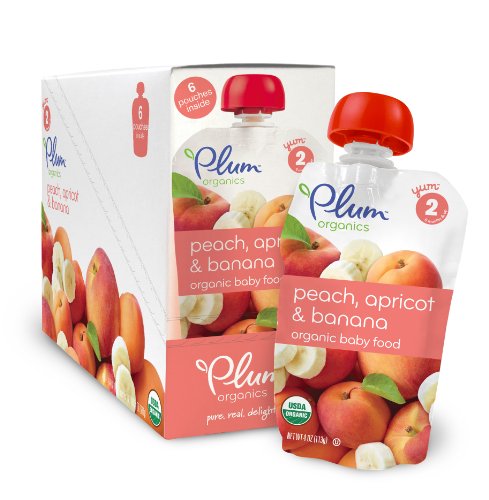
Learn More
- Serving Size: 1 jar (113g)
Servings Per Container: - Amount Per Serving
- Calories: 60
- % Daily Value*
- Total Fat 0g
- 0%
- Trans Fat 0g
- Saturated Fat 0g
- 0%
- Cholesterol 0mg
- 0%
- Sodium 0mg
- 0%
- Total Carbohydrates 14g
- 15%
- Fiber 2g
- 0%
- Total Sugars 13g
- Protein 0g
- Vitamin A 0%
- Vitamin C 0%
- Calcium 0%
- Iron 0%
* Percent Daily Values are based on a 2,000 calorie diet. Your daily values may be higher or lower depending on your calorie needs.
The most accurate information is always on the label on the actual product.
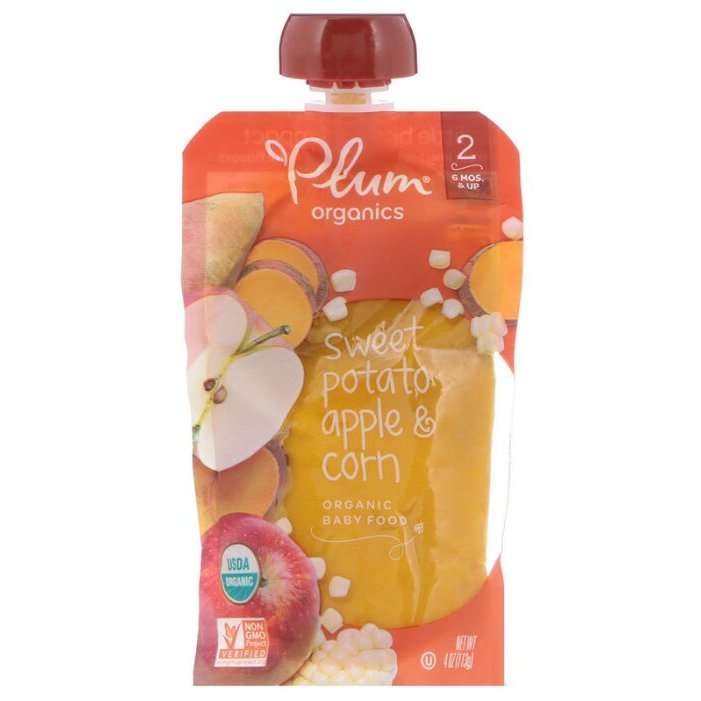 We periodically update our labels based on new nutritional analysis to verify natural variations from crop to crop and at times formula revisions. The website does not get updated at the same time. The values on the website are intended to be a general guide to consumers. For absolute values, the actual label on the product at hand should be relied on.
We periodically update our labels based on new nutritional analysis to verify natural variations from crop to crop and at times formula revisions. The website does not get updated at the same time. The values on the website are intended to be a general guide to consumers. For absolute values, the actual label on the product at hand should be relied on.
Ingredients
Organic Apple Puree, Water, Organic Plum Puree, Ascorbic Acid, Citric Acid10 Easy And Delicious Plum Baby Food
Easy-to-prepare healthy recipes to help your little one enjoy the benefits of fruit.
Research-backed
MomJunction believes in providing reliable, research-backed information to you. As per our strong editorial policy requirements, we base our health articles on references (citations) taken from authority sites, international journals, and research studies. However, if you find any incongruencies, feel free to write to us.
Image: Shutterstock
Plums are superfoods with health-promoting properties and high nutritional value. Many moms want to learn plum recipes for babies since common recipes may not be suitable and palatable. High amounts of phenolic compounds such as anthocyanins are secret behind various benefits of plums (1). Babies older than six months already taking solids can begin to eat plums as per pediatricians’ recommendations.
Many moms want to learn plum recipes for babies since common recipes may not be suitable and palatable. High amounts of phenolic compounds such as anthocyanins are secret behind various benefits of plums (1). Babies older than six months already taking solids can begin to eat plums as per pediatricians’ recommendations.
You may begin with simple plum recipes such as puree and in lesser quantities; otherwise, it can be hard for your baby’s immature digestive system. Read on to learn its benefits, how to incorporate them into a baby’s diet, and some healthy plum recipes for babies.
Health Benefits Of Plums For Babies
Plums are a low-calorie fruit that contains many vital vitamins, such as A, C, K, B and minerals such as potassium, copper, manganese, phosphorus, magnesium, and fiber, bioactive compounds, such as anthocyanins.
- Dried plums or prunes are associated with bone health due to its unique nutritional profile that contains major phenolic compounds (2).
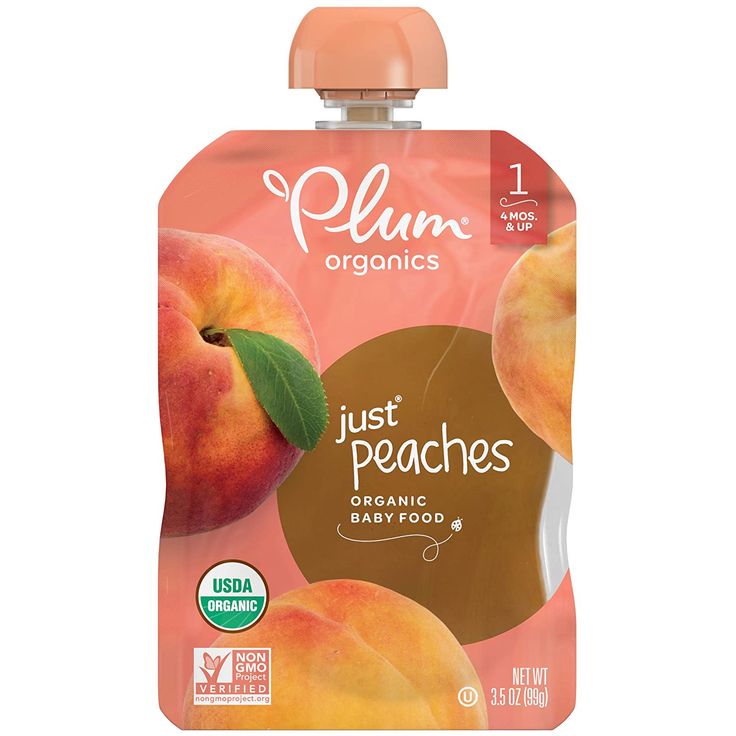
- Both fresh and dried plums have laxative effects. as the fiber in it is mostly insoluble and contains sorbitol which has natural laxative effects. Thus, they are associated with healthy intestinal motility, thus keeping constipation at bay (3) (4).
- Plums contain phytochemicals such as cyanidin and lutein. Some studies show that regular consumption of plums could possibly have beneficial effects on brain functioning (5).
- Plums are considered a good source of phytonutrients such as flavonoids, neochlorogenic, and chlorogenic acid, which have high antioxidant activities. These compounds could help reduce inflammation and combat free radical damage in the long run (5).
Besides these, plums are considered to have anti-inflammatory, anti-allergy, and antimicrobial properties, which are all beneficial for your infant.
Research finds
Studies have also shown that plums can help improve an individual’s memory (4).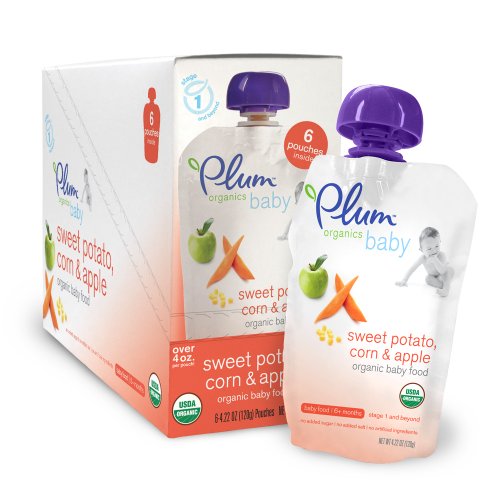
If you are planning to add plums in your baby’s diet, then in the next section, we present the various plum recipes that you can consider for your baby.
Related: 10 Best Foods To Relieve Baby Constipation And Recipes To Try
Delicious Plum Recipes For Babies
1. Plum Puree:
Image : Shutterstock
This is the most basic baby food recipe that is ideal for babies who have started solids. As the baby progresses on solids, you can try adding different purees or mashed fruits to this recipe to intensify its nutritive value.
You will need:
- 1 cup fresh plums
- Water – Room temperature and ice-cold
How to:
- Wash the plums and let them dry. Add water in a pan and let it boil. Add the plums and let them stay in the boiling water for about 45 minutes. This process of treating plums is known as blanching. You may also try to steam them instead of blanching.
- Meanwhile, put ice water in another pan and keep aside.

- Using a spoon, remove the plums from the hot water, and immediately transfer them into the ice-cold water.
- Remove the plum from the ice-cold water and use your fingers or a knife to peel off the skin.
- Slice the plums from the middle and remove the seeds. Puree the plum in a blender or mash it till soft. You can add water or a bit of breast milk or formula milk to make it creamy.
Related: 6 Helpful Tips For Storing Formula Milk For Your Baby
2. Plum yogurt:
Image : Shutterstock
This recipe is a step forward from basic plum puree. The addition of Greek yogurt improves the nutritional value of this plum baby food recipe. Besides, yogurt enhances the gut microbiota, which helps your baby’s digestive system remain robust.
You will need:
- 1 cup fresh plums
- 1 cup unsweetened plain Greek yogurt
How to:
- Make plum puree using fresh plums, as shown in the previous recipe.

- In a serving bowl, add plain yogurt and plum puree. Mix well and serve.
- You may also add a half-teaspoon dry fruit powder to this recipe before serving it to your baby.
Quick tip
You can add sliced green apples, pomegranate seeds, rose water, cardamom powder, orange juice and diced plums to hung curd to make a yummy dip for babies.
Related: 8 Easy Greek Yogurt Recipes For Babies
3. Oats and plum porridge:
Image : Shutterstock
The high fiber content of plums and oats helps boost your baby’s digestive microflora. Besides, the rich micronutrient composition of this recipe supports your baby’s healthy growth and development.
You will need:
- 1 cup rolled oats
- 1 cup full-cream milk
- ½ cup fresh plums
- Water
How to:
- In a pan, add the milk and oats and cook according to the instructions given on the packet. Remove and keep aside.
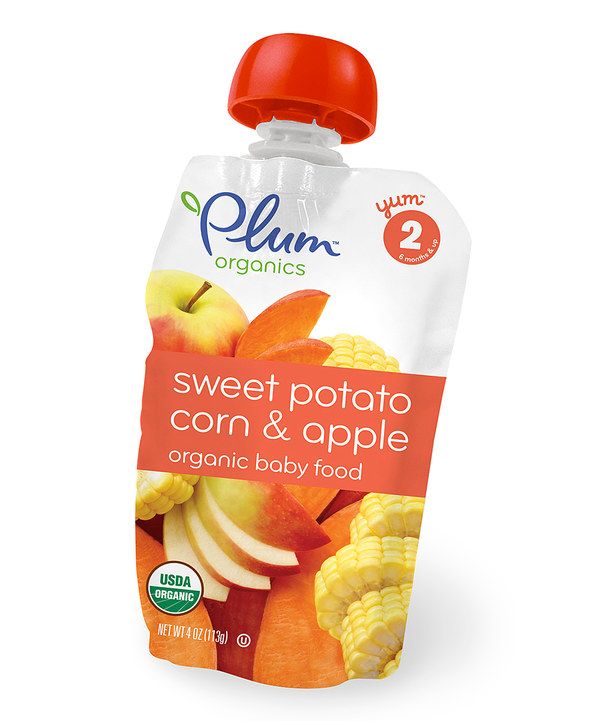
- Meanwhile, boil water in a pan and add the plums. After about 45 seconds, take them out using a spoon. Place them in chilled water and remove the peel.
- Once cool, mash the plums using your fingers.
- Add the mashed plum to the oats porridge.
- If you wish, you may also add some finely sliced or powdered cinnamon, dried fruits such as almonds, walnuts, and pistachio to this recipe. This will boost the nutritive value of the recipe multi-folds.
4. Baked plums with cinnamon:
Image : Shutterstock
Cinnamon has several health benefits when consumed regularly, and makes a good addition to your baby’s diet. The spice can be added to a variety of recipes to enhance their nutritive composition.
You will need:
- 1 cup fresh plums
- 1 tsp cinnamon powder
- 2 tbsp apple juice
How to:
- Preheat the oven to 400°F (204°C).
- Slice plums in half and remove the seed.
 Place them in an oven-safe dish.
Place them in an oven-safe dish. - Add apple juice and sprinkle some cinnamon powder over the top.
- Cover the dish and bake for about 25 minutes or till the plums turn tender.
- Once cool, remove the skin and mash using your fingers.
- Serve the recipe warm with some toasted bread slices.
Related: 7-Month-Old Baby's Food: Solids, Food Chart And Recipes
5. Roasted plums with yogurt:
Image : Shutterstock
This recipe is yet another version of plum puree with yogurt. Here the plums are roasted instead of being blanched or steamed. This way of cooking enhances the flavor of the plums and makes the recipe more delectable.
You will need:
- 1 cup fresh plums
- 1 cup unsweetened plain yogurt
- 1 tsp vanilla pod or essence
- 1 tbsp unsalted butter
- Pure maple syrup
How to:
- Preheat the oven to 375°F (190°C).
- Slice plums in half and remove the seed.
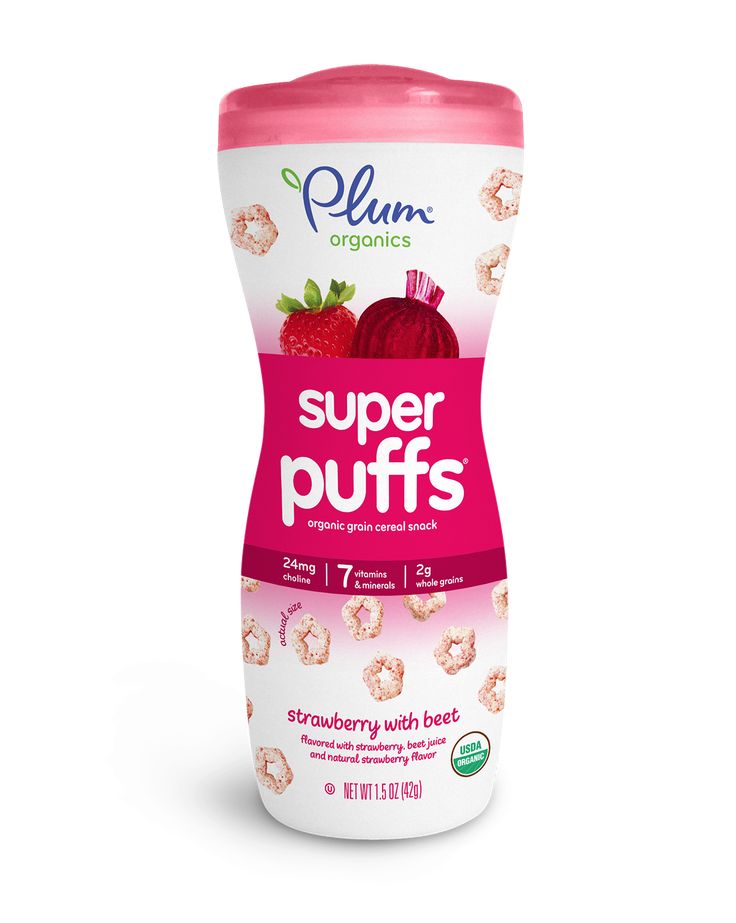 Place them in an oven-safe dish with the cut portion on the top.
Place them in an oven-safe dish with the cut portion on the top. - Place a small piece of the vanilla pod on each plum piece. Also, add a little butter and a drop of maple syrup on each piece.
- Place in the oven and roast for about 30 minutes or till the plums turn tender.
- Once cool, remove the skin, mash, and serve as a puree mixed with yogurt.
6. Frozen plum puree:
Image : Shutterstock
Most babies find ice creams and candies attractive. You can satiate your baby’s craving for cold desserts through this frozen plum puree recipe. This recipe is delicious and nutritious. Besides, this preparation might help soothe the aching gums of teething babies.
You will need:
- 1 cup fresh plums
- Water
How to:
- Cut plums in half and remove the seed.
- In a pan, add water. Place the plums in the pan with the cut portion facing the water. Let it simmer on low to medium heat till plums turn tender.
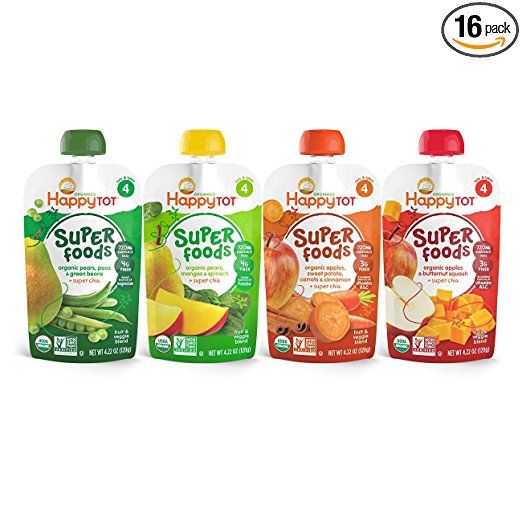
- Once cool, remove the skin.
- Add the plums and the water to a blender and make a puree. Add more water to get a liquidy consistency. Place into an ice tray and freeze the baby plum puree.
- Take out of the freezer just when you are ready to serve the same to your baby.
7. Plum Jam:
Image : Shutterstock
Babies enjoy having jam due to its semi-solid consistency. However, the high sugar content is a concern. This plum jam recipe uses the natural sweetness of plum instead of added sugar. You can serve plum jam to your baby with a slice of wholegrain bread or crackers.
You will need:
- 1 cup fresh plums
- 1 tbsp ground allspice (optional)
- 1 tsp cinnamon powder
- Water
How to:
- Cut the plums in half and remove the seeds. Place in a pan and add water and sugar. Let it boil till the plums are soft.
- Remove from heat and puree.
 Add the puree back to the pan and add allspice and cinnamon. Cook on low heat till it becomes thick, just like jam. Remove and let it cool before storing it.
Add the puree back to the pan and add allspice and cinnamon. Cook on low heat till it becomes thick, just like jam. Remove and let it cool before storing it. - Store the prepared jam in an air-tight container in your refrigerator and label the date of preparation.
- Ensure to finish the jam within a stipulated time as homemade jams tend to expire faster than commercial ones.
8. Plums and bananas with quinoa
Image: Shutterstock
Quinoa is a pseudocereal that makes a healthy addition to an infant’s diet. The nutritional properties of quinoa are promising, and its regular consumption is associated with several health benefits. This recipe is an interesting combination of quinoa with plums that will become your baby’s favorite in no time.
Note: This recipe contains cow’s milk and is suitable for babies older than 12 months. It is important that the quinoa is dehulled and your baby is not allergic to it.
You will need:
- 1 cup fresh plums
- 1 banana (mashed)
- ½ cup quinoa
- 1 cup full-cream cow’s milk
- 1 tsp cinnamon powder
How to:
- Cook quinoa in milk as per the directions given on the packet of quinoa.

- Add deseeded and peeled plums with the banana in a blender. Blend till you get a smooth semi-fluid consistency of the paste.
- Add the paste to quinoa porridge. Sprinkle some cinnamon on top and serve it to your baby while it is still warm.
9. Plum and ginger smoothie
Image: Shutterstock
Smoothies are easy to prepare, easy to digest, and can also meet your growing baby’s nutritional needs. This smoothie recipe is a blend of plums and banana with a dash of ginger juice.
You will need:
- 1 cup fresh plums
- 1 medium-sized banana
- 1 tsp ginger juice
- 1 tbsp dried fruits powder
- 1 cup water
How to:
- Place the plums in a pan and add water. Let it boil till the plums turn tender. Remove from water, blend to a puree, and keep it aside for a while.
- Add sliced banana, ginger juice, and dried fruit powder in the blender and blend until thoroughly mixed.

- Add plum puree to the mix and blend once again. Ensure that the mix has no lumps. Add water to dilute the smoothie, if required. Strain the smoothie to remove any excess residual.
- Pour it into your baby’s sipper cup and serve.
Related: Ginger For Babies: When To Start, Benefits And Precautions
10. Plum, peach, apricot, and thyme custard
Image: Shutterstock
This recipe brings the sweetness and creaminess of custard, along with nutrition from selected stone fruits like plum, peach, and apricot. It is a suitable recipe for babies older than six months. Before introducing it to your baby, check for any possible allergies.
Note: This recipe contains cow’s milk and is suitable for babies older than 12 months.
You will need:
- 1 ½ tbsp custard powder
- 1½ cup full-cream cow’s milk
- ½ cup plums
- ½ cup peach
- ½ cup apricot
- 1 tsp nuts (fine-chopped)
- A pinch of thyme
How to:
- Preheat the oven to 350°F (176°C).
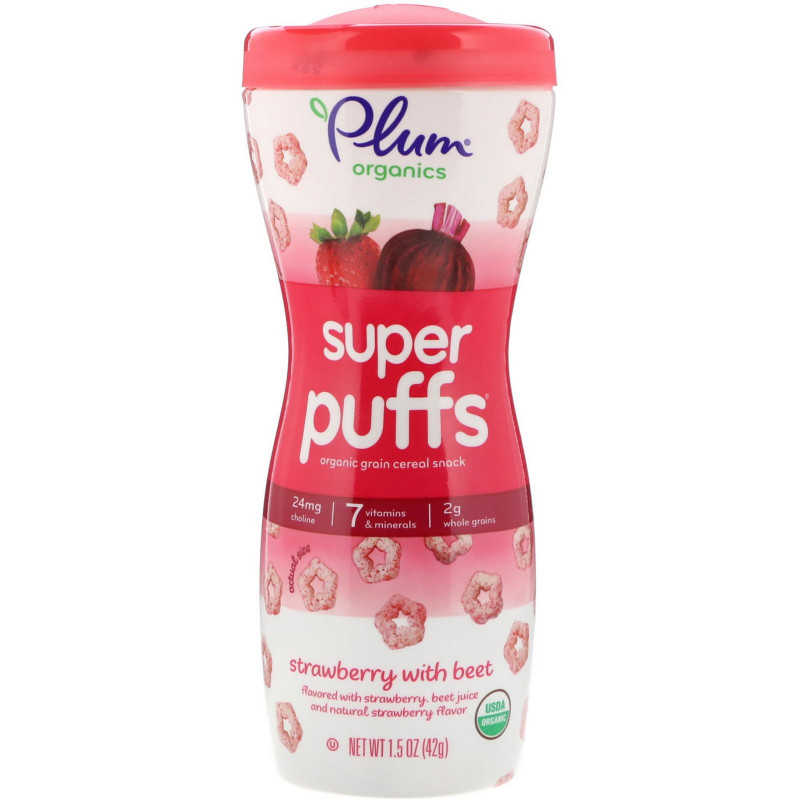
- Cut the fruits and remove seeds. Place the fruits in an oven-safe dish with a cut portion facing down. Pour cold water over the fruits. Bake for about 40 minutes or until the fruits are tender.
- Once cool, remove the skin. Place fruits in a blender and blend well until you get a smooth paste. Keep the puree aside for a while.
- For the custard, take a small bowl and put custard powder in it. Now, add one-fourth cup of milk to it and mix well with a continuous whisk. Stir continuously to Ensure there are no lumps. Once done, set aside.
- Now, heat the remainder of the milk in a pan. After five minutes of bubbling, simmer it and add custard powder slowly to the milk while stirring the milk continuously.
- Mix until the mixture thickens to a creamy consistency. Switch off the flame once done and keep the pan aside to cool.
- Once the custard and milk mixture has cooled, add the fruit puree to it with some finely sliced fruit pieces. Refrigerate the final mix for 20 minutes.
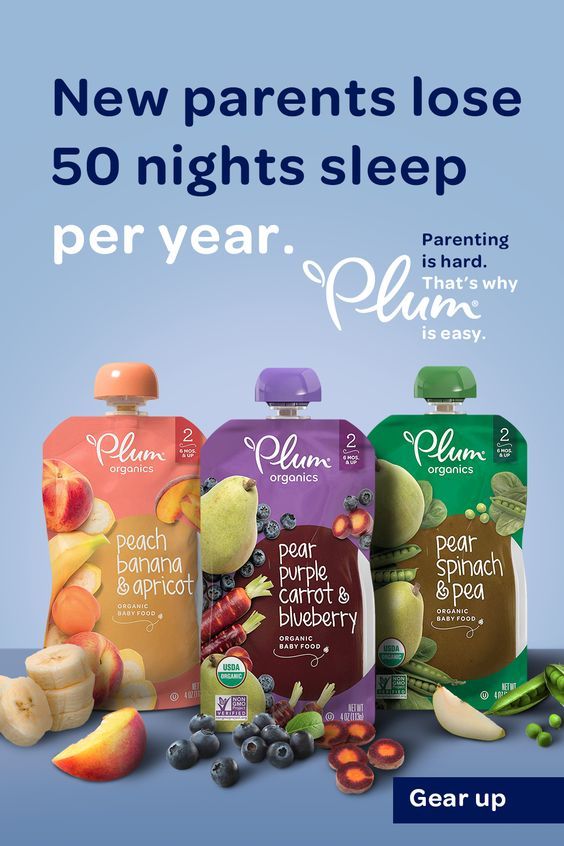
- Serve with some finely sliced nuts and serve it to your baby at room temperature.
1. What can I mix with plum for baby food?
You can prepare a lump-free plum puree or mash and mix it with different foods, such as Greek yogurt, porridge, and oatmeal. Alternatively, you can mix plum puree/mash to puree/mash of other fruits and veggies to make nutritious baby foods. As your baby grows, you can serve them soft and ripe plum slices to practice self-feeding.
2. How do I introduce plums to my baby?
Like any other food, feed plum puree or mash to your baby in small quantities initially. Once the baby adjusts to the fruit’s taste and digestibility, gradually increase the puree/mash quantity. As stated above, you can also add plums to other foods in age-appropriate ways to enhance the overall nutritional value of the dish.
Knowing some plum baby food recipes can be helpful for moms. Dried and fresh plums are delicious and rich sources of essential nutrients such as vitamin A, C, E, and K, including potassium, magnesium, and phosphorus. This also contains fibers that promote digestive health. You may give cooked plums to babies since they may not be able to digest fresh fruit and cause abdominal pain or discomfort. Plum puree, plum yogurt, oats, and plum porridge are some of the easiest plum recipes for infants.
This also contains fibers that promote digestive health. You may give cooked plums to babies since they may not be able to digest fresh fruit and cause abdominal pain or discomfort. Plum puree, plum yogurt, oats, and plum porridge are some of the easiest plum recipes for infants.
References:
1. Igwe and Charlton; A Systematic Review on the Health Effects of Plums (Prunus domestica and Prunus salicina); National Center For Biotechnology Information
2. Taylor C. Wallace; Dried Plums, Prunes and Bone Health: A Comprehensive Review; National Center For Biotechnology Information
3. Stacewicz-Sapuntzakis M; Dried plums and their products: composition and health effects–an updated review.; National Center For Biotechnology Information
4. Ezinne Igwe and Karen Charlton; A Systematic Review on the Health Effects of Plums ( Prunus domestica and Prunus salicina ); Researchgate
5. Raj K. Keservani et al.; Medicinal Effect of Nutraceutical Fruits for the Cognition and Brain Health; National Center For Biotechnology Information
The following two tabs change content below.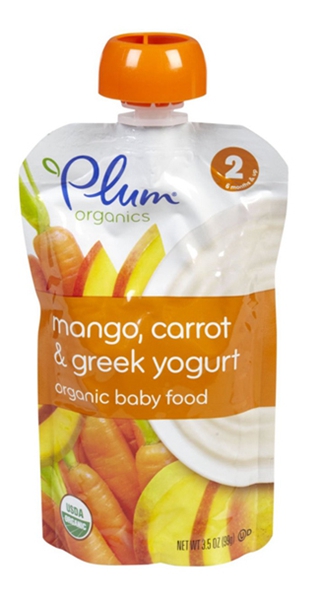
- Reviewer
- Author
Eating Rice During Pregnancy: Safety, Health Benefits, And Side Effects
Eating Rice During Pregnancy: Safety, Health Benefits, And Side Effects
7 Proven Health Benefits Of Coconut Oil During Pregnancy
7 Proven Health Benefits Of Coconut Oil During Pregnancy
When Babies Can Have Soy Milk, And Myths About Soy Formula
When Babies Can Have Soy Milk, And Myths About Soy Formula
Oranges For Babies: Right Time To Introduce, Benefits, And Recipes
Oranges For Babies: Right Time To Introduce, Benefits, And Recipes
Post Pregnancy Diet: 20 Must-have Foods For New Moms
Post Pregnancy Diet: 20 Must-have Foods For New Moms
Sweet Potato During Pregnancy: Nutritional Value And Health Benefits
Sweet Potato During Pregnancy: Nutritional Value And Health Benefits
9 Proven Health Benefits Of Eating Cabbage During Pregnancy
9 Proven Health Benefits Of Eating Cabbage During Pregnancy
Mango For Babies: Nutritional Value, Benefits, And Recipes
Mango For Babies: Nutritional Value, Benefits, And Recipes
Papaya During Pregnancy: Does It Cause Miscarriage?
Papaya During Pregnancy: Does It Cause Miscarriage?
Plums in baby food - Telegraph
Feature : has a laxative effect.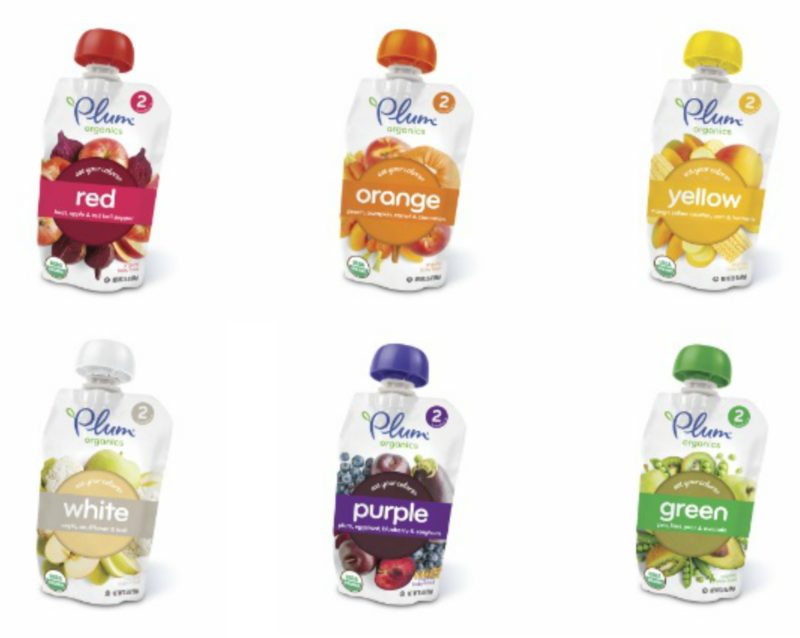 In the children's diet can be introduced from 8 months.
In the children's diet can be introduced from 8 months.
Plum is a genus of fruit-bearing stone plants. For the first time, this culture began to be grown in the Caucasus, Asia Minor and Northern Iran. Today it can grow in all countries with a temperate and cold climate.
There are many varieties of plums, among which there are three main varieties: East Asian, European and Japanese plums. Fruit color can vary from yellow to dark purple. The plum skin is smooth, the fruits are oval or rounded, sweet in taste. nine0007
100 grams of plum contains 49 kcal
| Vitamins Macronutrients Microelements | ||
| Vitamin PP - 0.6 mg Beta-carotene - 0.1 mg Vitamin A (RE) - 17 mcg Vitamin B1 (thiamine) - 0.06 mg Vitamin B2 (riboflavin) - 0. Vitamin B5 (pantothenic) - 0.2 mg Vitamin B6 (pyridoxine) - 0.08 mg Vitamin B9 (folic) - 1.5 mcg Vitamin C - 10mg Vitamin E (TE) - 0.6 mg Vitamin PP (niacin equivalent) - 0.7mg | Calcium - 20 mg Magnesium - 9 mg Sodium - 18 mg Potassium - 214 mg Phosphorus - 20 mg Chlorine - 1 mg Sulfur - 6 mg | Iron - 0.5 mg Zinc - 0.1 mg Iodine - 4 mcg Copper - 87 mcg Manganese - 0.11 mg Chromium - 4 mcg Fluorine - 2 mcg Molybdenum - 8 mcg Silicon - 4 mg Cobalt - 1 mcg Nickel - 15 mcg |
Plum leaves contain curamine. It promotes the expansion of the coronary vessels and prevents the formation of blood clots in the blood vessels.
Composition and nutritional properties of plums
100 g plums contain:
- Proteins - 0.
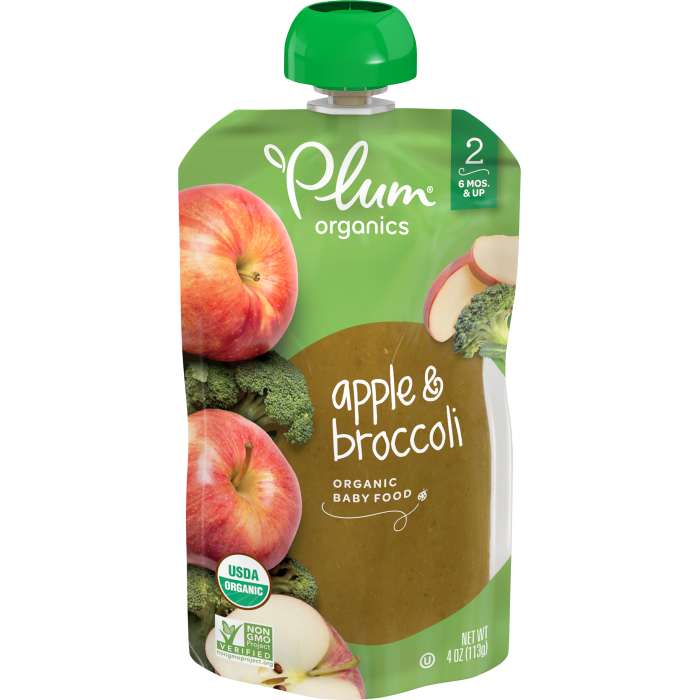 8 g
8 g - Fats - 0.3 g
- Carbohydrates - 9.6 g
- Dietary fiber - 1.5 g
- Organic acids - 1 g
- Water - 86.3 g
- Mono- and disaccharides - 9.5 g
- Starch - 0.1 g
- Ash - 0.5 g
Useful properties of plums
Plum contains many vitamins, minerals and other useful substances. It is also known for its medicinal properties. Experts recommend using plums for those who suffer from hypertension, atherosclerosis, diseases of the liver, kidneys and gastrointestinal tract, rheumatism, and fever. nine0007
In addition, plums are useful for constipation, for the prevention of anemia, normalization of the nervous system, disinfection of the oral cavity and gastrointestinal tract, combating fatigue and insomnia. Also, plums can increase appetite and mood, remove cholesterol from the body, positively affect vision, and make the skin smoother and more elastic.
Contraindications for use
Plums are not recommended for diabetes and obesity, as well as for the body's tendency to allergies.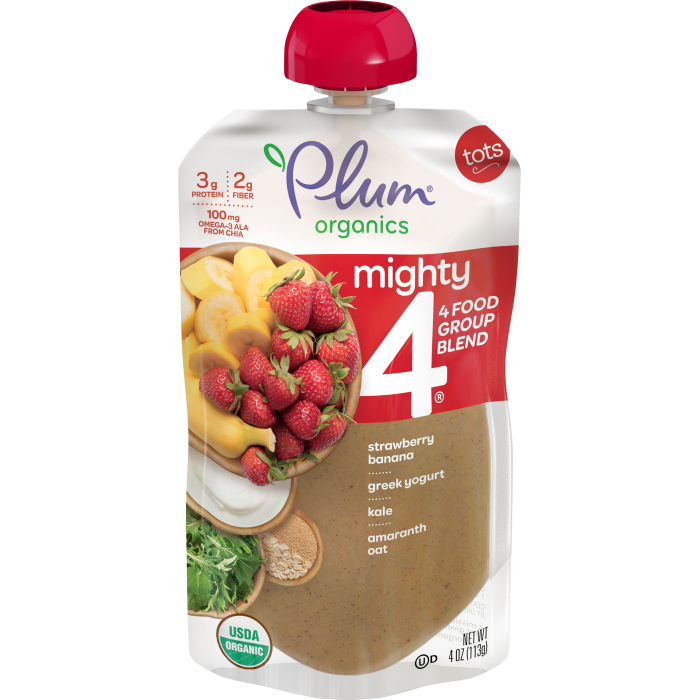 nine0007
nine0007
Plums in children's diet
In the fruits of plums, tannins and pectins are very successfully combined, which are very useful for the child's body. Also in the composition of the plum there are vitamins P, PP, C, K, E, and vitamins of group B. You can enter into the diet of a child from 8 months.
Cooking and consistency
After the baby is 6 months old, pediatricians recommend trying to give the baby juice from plums, but no more than one teaspoon. After 7 months, you can increase the portion to 50-60 g, after a year - up to 100 g. You can also gradually introduce plums into various dishes. nine0007
Plum recipes for children
Fresh plum compote - from 6 months.
Ingredients:
- Plum - 250 g
- Water - 750 ml
- Sugar - 2-3 tbsp. spoons
Cooking:
Remove the seeds from the plums, cut them in half, pour cold water over it, bring to a boil.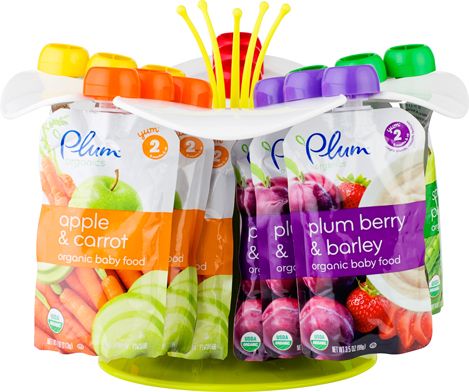 Cook for two minutes over low heat, remove from heat, cover with a lid, let it brew. Strain before serving. nine0007
Cook for two minutes over low heat, remove from heat, cover with a lid, let it brew. Strain before serving. nine0007
Plum and pear puree - after 8 months
Ingredients:
- Pear - 1 pc.
- Plum - 1 pc.
Cooking:
Peel the plum, remove the stone, cut into slices. Cut the pear into cubes, after removing the core. Put the plum and pear in a saucepan, pour a small amount of hot water and cook over low heat. After cooling, grind the fruit in a blender. nine0007
Plum, cherry/cherry puree - after 1 year
Plum - 50 g Cooking: Fruit sort, rinse, pour over boiling water. Remove the bones, rub through a sieve, separating the skin. Before serving, you can add a few grams of sugar. Bon appetit! Read more recipes in the Baby Food section For information on when to introduce new foods to your baby’s diet, the beneficial properties of these foods and how to diversify your baby’s menu with new dishes, read the Encyclopedia of Baby Food Plum puree is a product of processing juicy and fragrant plums. This product is very tasty and unique in its usefulness and content of vitamins and mineral salts. It is widely used in cooking in the preparation of desserts, pastries and sauces, as well as in baby food from the first years of a child's life. nine0007 Thanks to this method of harvesting fruit pulp, such as puree and preservation, the juicy, ripe and fragrant pulp of these berries can be enjoyed not only during the ripening period of plums (August-September), but all year round, while observing the conditions for proper storage. Attention! Plum puree has a rather liquid consistency and sour taste, so it should not be introduced into the baby's diet in its pure form, but as part of multi-component multi-fruit combinations. nine0007 Benefits of plum puree in its unique composition: The ideal composition of store-bought plum puree is only homogenized plums and sugar. But manufacturers add fructose, apple pectin, special high-quality water, coarse rice flour or rice starch to the plum puree to stabilize the consistency, and also saturate the product with vitamin C. Plum puree is incredibly beneficial for the digestive and immune systems of the body: Did you know? Doctors and nutritionists recommend eating plum puree in case of anemia, memory impairment, and also to prevent blood clots. Plum puree in pure form and in large quantities can cause allergies and digestive problems. A large amount of sugar in the product contributes to the appearance of excess weight and impaired carbohydrate metabolism. Plum puree is an excellent dessert for adults and children; compotes, fruit drinks, jams are also cooked on its basis, jelly, marmalade, jams are prepared, and added to pastries. Puree is an ingredient in meat sauces and salad dressings. nine0007 In its pure form, monocomponent plum puree has a sour taste, so it is rarely used in baby food. More often it is combined with various fruits (apple, banana, pear, peach) and vegetables (pumpkin, zucchini, celery). How to make plum puree at home? Wash ripe plums, remove skin and pits, chop in a blender or meat grinder, add the rest of the components and sugar. Use the product immediately after preparation or freeze. Store jars of plum puree purchased from a store or pharmacy in a dark and dry cupboard or closet. Here are some storage tips: If you have prepared plum puree yourself and want to freeze it for future use, you should: composition and useful properties, preparation of plum puree

Ingredients
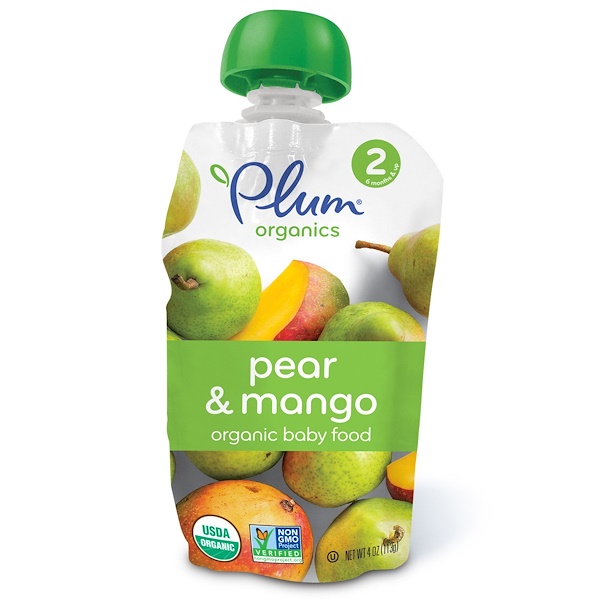
Benefits

Harmful
How to use
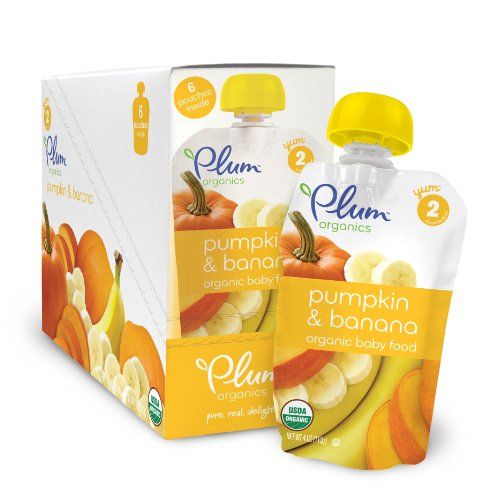 nine0007
nine0007 Storage


.jpg) 04 mg
04 mg 
